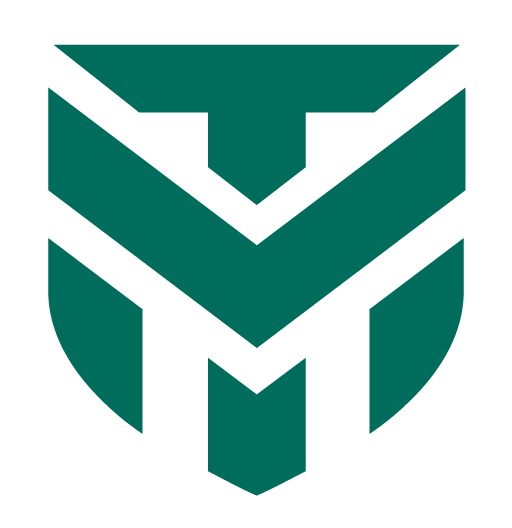- Mar 28, 2025
- 8
Hi,
This happened on my son's computer. He is remote and I can help him with remote access sessions (teamviewer for instance). For the rest of the conversation, I will use "I" instead of "He" to simplify writing.
Something strange happened last night while I was sleeping. I received 2 emails: the first one requesting a code to connect to my Bitwarden account (since I had 2FA by email - note that I switched it to 2FA by authenticator app), and the second one confirming a successful connection. The mentioned IP in the email seems to be from Russia.
I checked my gmail activity and there is nothing bad. Gmail 2FA is also enabled (I have to click Yes on my phone).
I took some security measures (purge sessions, password changes a bit everywhere, done from a friend's PC). But I wonder, how this can happen. The attacker would need to know my bitwarden master password and also an access to my gmail. Frightening...
Can you help me investigate?
Thanks
This happened on my son's computer. He is remote and I can help him with remote access sessions (teamviewer for instance). For the rest of the conversation, I will use "I" instead of "He" to simplify writing.
Something strange happened last night while I was sleeping. I received 2 emails: the first one requesting a code to connect to my Bitwarden account (since I had 2FA by email - note that I switched it to 2FA by authenticator app), and the second one confirming a successful connection. The mentioned IP in the email seems to be from Russia.
I checked my gmail activity and there is nothing bad. Gmail 2FA is also enabled (I have to click Yes on my phone).
I took some security measures (purge sessions, password changes a bit everywhere, done from a friend's PC). But I wonder, how this can happen. The attacker would need to know my bitwarden master password and also an access to my gmail. Frightening...
Can you help me investigate?
Thanks


